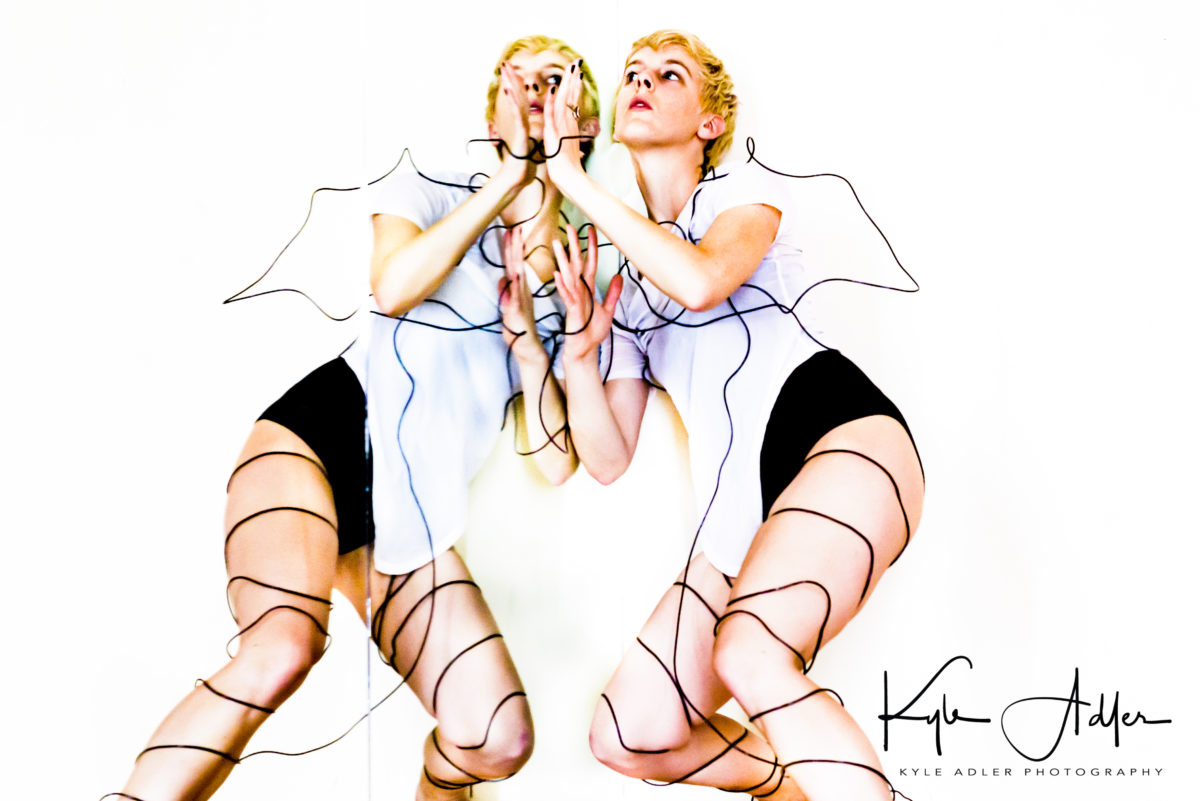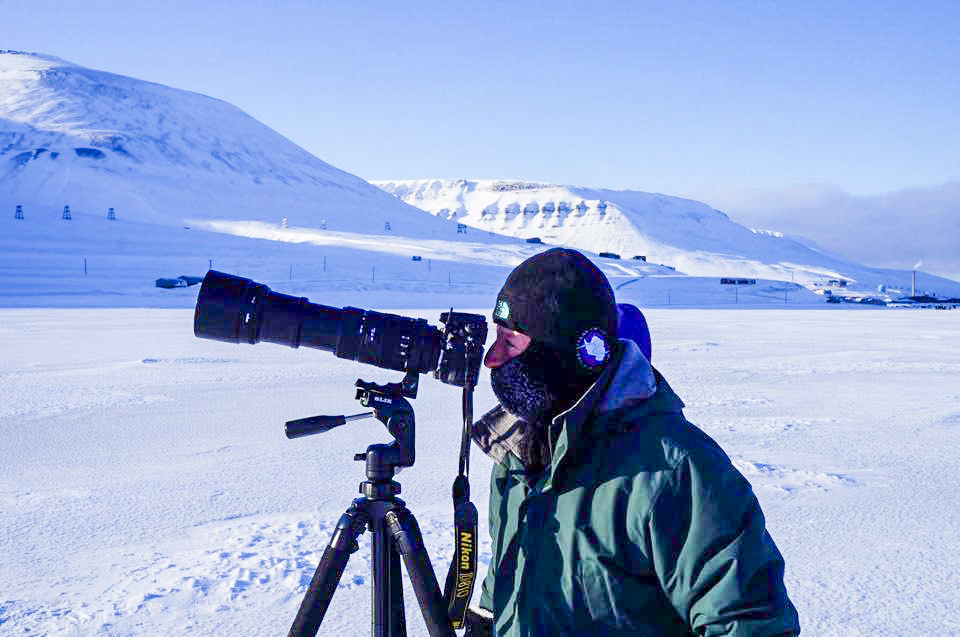We photographers are passionate about many aspects of our trade. We love the artistic expression, that feeling of capturing a special moment that otherwise would be lost to time, even the gear we use to make images. But one aspect of the trade that few of us–professionals and amateurs alike–enjoy thinking about is the legal side of making and selling images. And one legal element about which we need to be knowledgeable is the model release. Unless you never plan to make any images in which any person is recognizable, you should learn what a model release is and when you may need to use one.
First, a disclaimer: I am not an attorney and the advice I provide in this post is not intended to replace consultation with a competent lawyer. What I provide here is just some practical advice I’ve acquired over the years, in which course I’ve made plenty of mistakes. And you should also be aware that laws governing when you can photograph a person and how that image can be used vary from country to country and even among states or provinces within some countries. With these points made, let’s explore the basic concept of a model release and when you may need one.
In the simplest terms, a model release is a legal agreement between a photographer and any person who will be recognizable in images made by the photographer. It spells out the conditions under which the image can be published and often specifies the compensation to which the model is entitled. In the US, a valid model release must be signed and dated by the photographer, the model, and a witness. If the model is a minor child, a parent or legal guardian also must sign. This agreement protects the photographer against being sued for defaming or cheating the model, but equally it protects the model from being taken advantage of.

When I work with a professional model, like Laura here, I always obtain a signed release before the photo shoot. This practice ensures she will be properly compensated and protected against inappropriate uses of her likeness, while I and any publisher will be protected against defamation claims by the model. Having the release means I have more flexibility as to how the image can be used later. Buy this photo
So, when do you need a model release? Here are some situations (not an exhaustive list) in which you should have one:
- A person can be recognized in your image. Note that personally identifiable information doesn’t derive only from a direct likeness of the person’s face. He or she could also be recognized from a special feature such as a tattoo or from the context such as a clearly identifiable location.
- … AND … one or more of the following statements is true:
- You may wish to sell the image for commercial purposes such as advertising or use in a business’s publicity or promotion.
- You may wish to enter the image in a competition or contest. Check the specific competition’s rules; some require a model release whenever a person is clearly identifiable in the photo, while others do not.
- You may wish to provide the image (even if you’re not compensated) for other people to use in a context you can’t control. A model release protects you and those who obtain a license to use your image from being sued by the model for using their likeness in a way that they don’t approve.
In contrast, there are plenty of situations in which you don’t need to have a signed model release. Some of these include:
- One or many people appear in the image but none is recognizable. The subjects may be far away from the vantage point or they may all be obscured or facing away from the camera. As long as they cannot be identified individually, there is no need for a model release.
- You plan to use the image only for your own portfolio.
- You plan to use the image only for editorial purposes. If your photo is published in a newspaper, magazine, or website where the primary purpose is editorial rather than commercial, a release is not required. Imagine if every reporter had to get a signed release before publishing the likeness of every person appearing in any news outlet. This would have a chilling effect on journalism, which is a pillar of a free and democratic society. So in most cases, if your photo will be used for editorial purposes (that is, it will appear in a newspaper or magazine’s news section rather than in an advertising section), then you and the outlet’s publishers don’t need a release.
- The images can be considered fine art photography. Photos can be published and sold without express permission from the person appearing in them if the primary purpose is fine art. In the US, case law upholds artistic expression as a form of First Amendment free speech in most cases.

Images with news value, such as this one made of a Uighur girl in Kashgar’s Old Town days before her home was to be demolished by the Chinese government, may be published and sold for editorial purposes with no requirement for a signed model release. Buy this photo
When you do believe that a model release would be helpful given your intended future use of an image, it is quite a simple task to obtain one. Some photographers carry printed forms with them so they can ask a subject to sign their release as needed. I use an app on my smartphone called “Easy Release,” which you can purchase for $9.99 on the iTunes Store: Easy Release app for iPhone. This app simplifies the process of creating a model release; getting it signed by your model, yourself, and a witness; sending it to others; and storing and managing it for future use.
Because “To Travel Hopefully” primarily treats the subject of travel photography, I want to share my own philosophy when it comes to asking for a model release while traveling. Even if you understand the laws of the country in which you are shooting, there are potential ethical issues in asking your subject to sign a legal document that he or she probably can’t understand. You may be able to get the text of the document translated into your subject’s local language, but even then the context of the agreement may not make sense to somebody from a very different culture than our own. I try to exercise good judgment when it comes to compensating the people I photograph when traveling overseas and to how I use the images later. You may want to read or reread my pillar post on photography as a bridge to local culture: Post on Travel Portraiture.
Many photographers, models, and publishers misunderstand the conditions under which a model release is or is not required, so there’s a lot of misinformation out there. Please consider my points here as just a starting point for learning more about this topic.
What are your best practices regarding when and how to use a model release? Please share your thoughts here.
Want to read more posts about what to shoot while traveling? Find them all here: Posts on What to Shoot.





